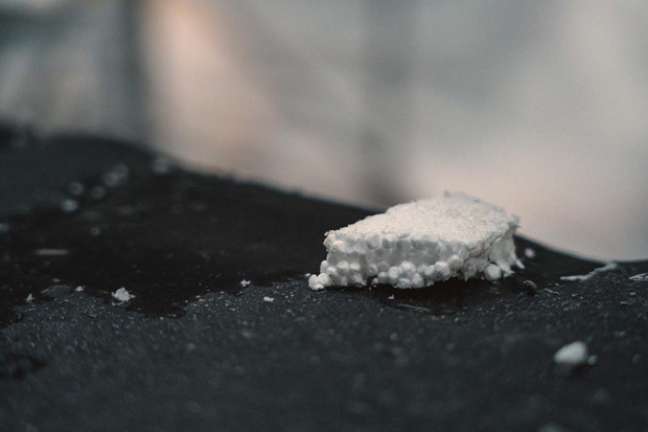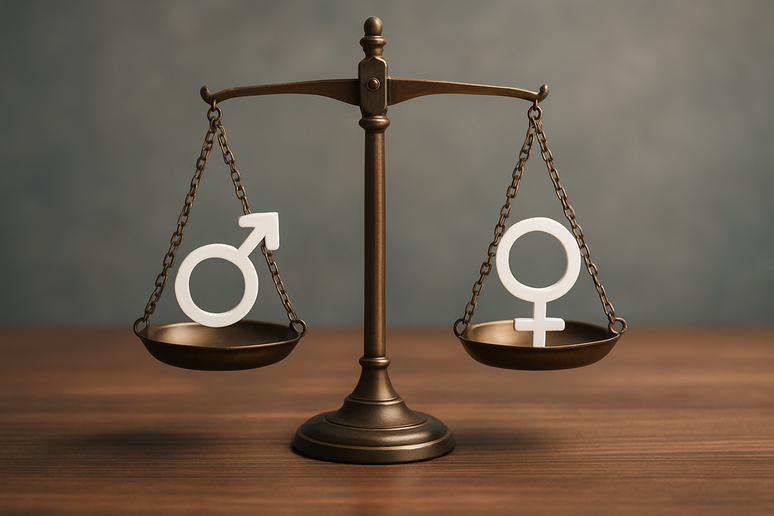The recycling work in Belo Horizonte is carried out by cooperatives of collectors and specialized companies
At the end of 2021, the Belo Horizonte City Hall added polystyrene to the list of waste that can be made available for separate collection in the city. The initiative has expanded the range of waste products that can have a more “noble” destination, since they no longer go to landfills, to the benefit of the environment. There is also social gain, as it encourages income generation for collectors’ cooperatives.

According to the board of directors of the cooperative of workers with recyclable materials of Pampulha (coomarp), the inclusion of polystyrene in separate collection was only possible because there was a market for the product, particularly in relation to white polystyrene, which is reused for the production of plates, packaging, thermal blankets, among others. In addition to cooperatives, there are companies that collect polystyrene waste, avoiding waste and accumulation of waste. With several industrial uses, polystyrene, also known as expanded polyethylene (EPS), is a raw material for the manufacture of various products.
An example are the thermal insulating panels, widely used in sheds, buildings and other constructions. EPS is used to produce blankets that minimize heat exchange with the environment and, to avoid waste and implement environmentally correct action, some companies do not dispose of leftovers. Instead, they form partnerships with other companies to reuse the material.
“This is a way to preserve the environment, avoiding unnecessary disposal and collaborating so that the EPS leftovers are recycled and transformed into lunchboxes, cushions and other products”, says Ricardo Valentini, managing director of 3TC Isolamento, specialized in air conditioning. “Conscious consumption is a necessity. Capturing EPS for recycling and reuse in various segments of the economy allows all unused material to return to the consumer market cleanly, as Styrofoam is a 100% recyclable material and its reuse cannot generate an impact on the environment,” explains Tiago Dayrell Matragrano, commercial director of Grupo Isoporlândia.
Individuals can also contribute to the recycling practice, as Belo Horizonte has two types of separate collection: point-to-point and door-to-door. In door-to-door separate collection, recyclable materials (paper, metal, plastic, glass and polystyrene) must be separated from residents and deposited on the sidewalk to be collected. It is held once a week. The materials must be packed in plastic bags, preferably transparent, and placed on the sidewalk, in front of the collection point, between 7:00 and 8:00. In point-to-point separate collection, the population separates recyclables at home or in the workplace and deposits them in bins installed by the municipality.
Website: https://www.3tc.com.br/
+The best content in your email for free. Choose your favorite Terra newsletter. Click here!
Source: Terra
Camila Luna is a writer at Gossipify, where she covers the latest movies and television series. With a passion for all things entertainment, Camila brings her unique perspective to her writing and offers readers an inside look at the industry. Camila is a graduate from the University of California, Los Angeles (UCLA) with a degree in English and is also a avid movie watcher.



-urgt9nqrbbxz.jpg)


